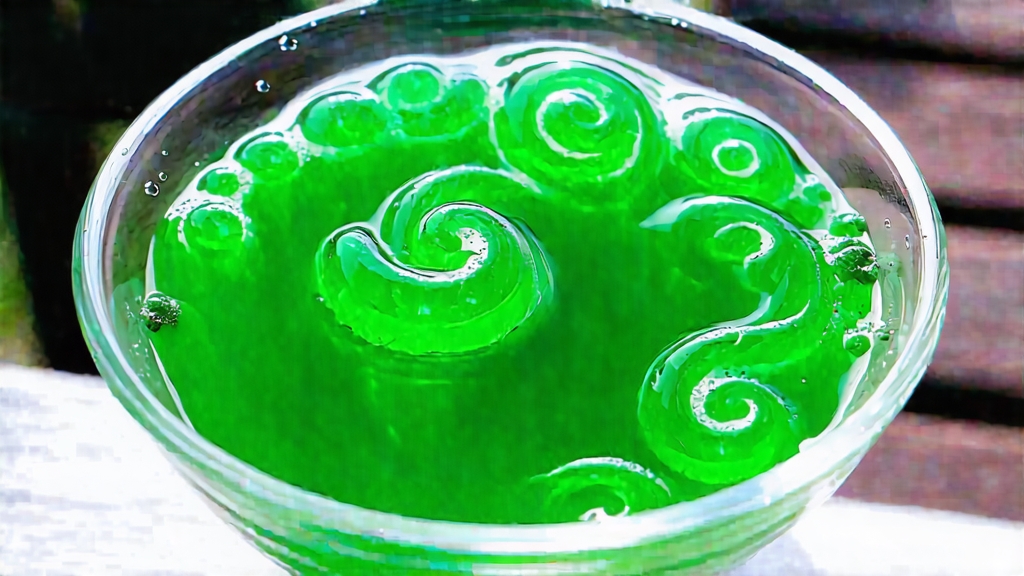
Tucked between the mist-laden hills of Dongting East Mountain and the vast, fish-rich waters of Lake Taihu in Jiangsu Province, the tiny village of Biluochun has given the world a green tea so delicate that emperors once guarded its bushes with soldiers. International drinkers who know only Longjing or matcha are often startled to discover that this lesser-known cultivar—whose name literally means “Green Snail Spring”—was ranked first among China’s ten famous teas during the Qing dynasty. To understand why, one must follow the leaf from Tang-dynasty legend to twenty-first-century gaiwan, tracing its unique terroir, hair-fine plucking standard, perilously hot hand-firing, and the almost wine-like tasting notes that evoke apricot blossom, fresh nori, and steamed edamame in the same sip.
History: From Wild Island to Imperial Tribute
Local annals record that monks on Dongting’s small East Mountain began drying wild tea shoots in the eighth century, but the cultivar’s fame crystallized in 1675 when the Kangxi Emperor tasted it during a southern inspection tour. Noticing the unusually tight spiral shape and an aroma that reminded him of the fragrant “bi luo” peaches growing nearby, he christened the tea “Biluochun” and decreed that every spring the top kilogram must reach Beijing within ten days by imperial courier. The secrecy surrounding the tea gardens was so strict that foreign merchants in Canton rarely saw the leaf itself; they received only compressed bricks blended with cheaper teas. Thus, until the 1980s, Biluochun remained a domestic luxury, unknown to the global specialty market that was busy romanticizing Longjing and Gyokuro.
Terroir and Cultivars: Lake, Mist, and Granite Soil
Lake Taihu acts as a gigantic heat reservoir, blanketing the Dongting peninsula in evaporative fog that filters sunlight and slows photosynthesis, concentrating amino acids—especially L-theanine—in the buds. The bushes grow on south-facing granite slopes between 50 m and 200 m elevation; the rock weathers into a sandy, slightly acidic loam that drains quickly yet retains enough moisture to keep the root zone cool. Two clonal selections dominate today’s gardens: the traditional “Xiao Ye” (small-leaf) landrace prized for its intense aroma, and the newer “Dongting #1” hybrid that yields larger buds and tolerates mechanical harvesting. Purists insist that only the original Xiao Ye picked before the Qingming festival (early April) deserves the name Biluochun; everything else is marketed as “Suzhou green spiral.”
Plucking Standard: One Bud, One Leaf, 1.5 Centimeters
At dawn, when the lake mist is still thick enough to bead on bamboo hats, experienced pickers work with thumbnail-length fingernails to snap the shoot just above the stem, ensuring zero bruising that would oxidize the cut edge. The ideal raw material weighs 0.32 g per set and contains 65 % moisture; 110,000 such sets are required to yield one kilogram of finished tea. Because the buds are tinier than those used for Dragon Well, a seasoned picker gathers barely 600 g of fresh leaf in a six-hour shift. Any coarseness—visible red edge, unfolded second leaf, or stem longer than 4 mm—will be sifted out later, but pickers know that perfection begins in the field.
Crafting the Spiral: Withering, Killing-Green, Twisting, and Drying
Within two hours of plucking, the shoots are spread in bamboo trays no thicker than 2 cm and placed in the shade of peach and apricot trees for a 45-minute “soft withering.” The goal is not to lose water but to let grassy aldehydes volatilize, allowing floral lactones to emerge. Next comes the most theatrical step: hand “killing-green” (shaqing) on a cast-iron wok heated to 180 °C. Masters like 72-year-old Tang Rongfa work barefoot to feel the wok temperature through the soles of their feet; they toss 250 g of leaf for exactly 3.5 minutes, using a wrist motion that presses each bud against the metal for 0.8 seconds—long enough to denature polyphenol oxidase but too short to scorch the trichomes. Immediately afterward the leaves are rolled into spirals on a bamboo sieve heated from below by charcoal em